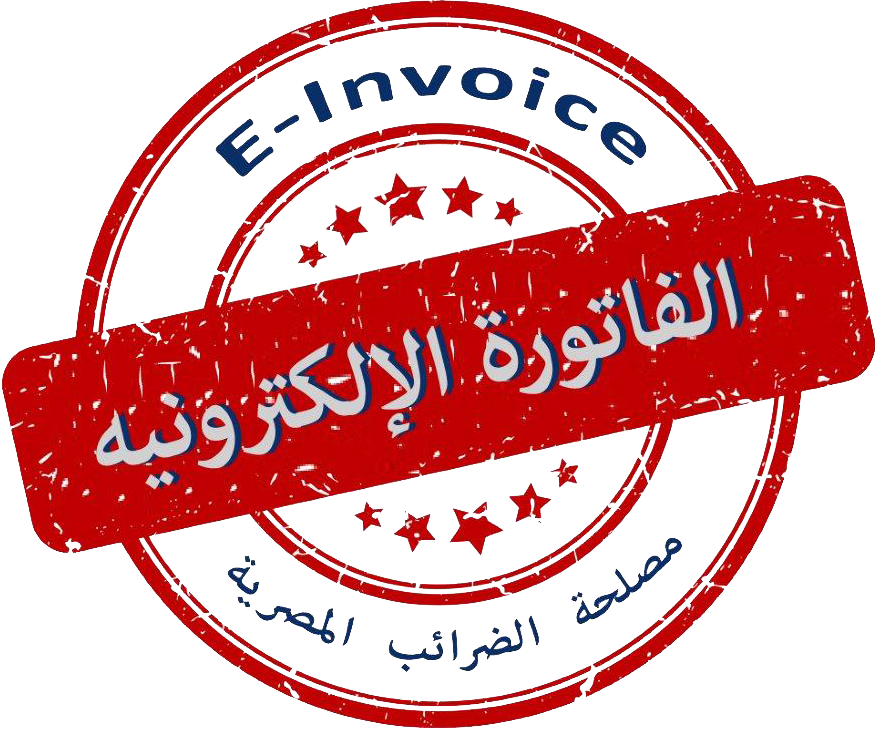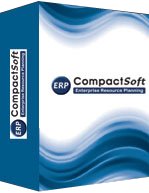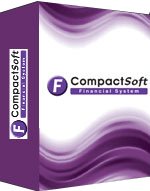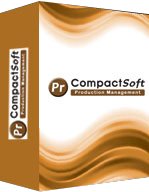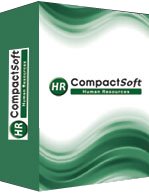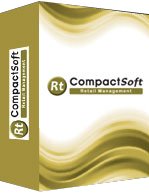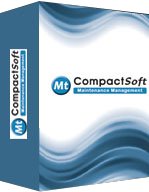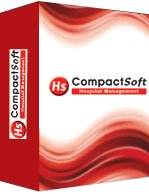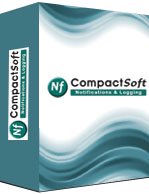CompactSoft Trading Management System Package
Overview

Registration & follow up of the detailed customer’s information (personnel & financial) and distributing it on the territories, sales representatives and sales divisions with following up of sales volumes according to the different sales orders, shipping them, following up of customer’s account statements and classifying them according to credit sales invoices, cash sales invoices or installment sales with the availability of using the discount rules and adding the different tax items on the invoices, items or services, also following up of customer’s payments with its different types in order to identify the customer’s account statements and customer’s aging. Also identify & classify the most selling products on the company level with comparing the sales annually.
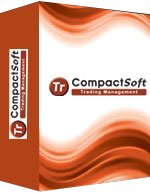
Also the Trading Management System helps in following up of the purchasing and returns according to purchase & return invoices and following up of the vendor’s account statements and their payments
In addition to follow up of the inventory transactions for the items per warehouse, also following up of the items on hand, the safety stock levels, evaluation of the company’s inventory on the warehouse level, registration & creation of the different counting periods and creation of the related adjustments from the counting besides the annual comparison between the item’s quantity & value according to the total receipts, total issues and total balances with following up of the inventory turnover.
Also following up of the project accounting, the availability of administrating the projects throughout identifying complete description for the sold, reserved and non sold projects in any time, complete follow up for the installments with its different types in order to reschedule the customer’s indebtedness, the way of paying it with the different methods of payments and its effect on the project’s cash flow
Benefits
- The availability of planning sales volume on different levels such as distribution territories, sales representatives and sales divisions in order to compare the sales forecast with the actual sales, also the current sales with the previous year’s sales.
- Following up of the customer’s requirements, studying the costing methods, discounts rules, bank facilities, credit and its effect on the sales volume & liquidity in order to take the right decision about identifying the sales forecast & produced items.
- Recording & following up of all credit sales invoices, cash sales invoices and installment sales on the base of items or services, also the returns with following up of the customer’s aging and the delayed customer’s payments such as cash payments or check payments including unpaid & reversed checks and its effect on the cash flow.
- Following up of the deviations between the actual sales & forecast sales for all items, the related reasons for this deviation and the way of handling it.
- Following up of the vendor’s performance throughout analyzing the status of purchase orders (the received & remainder quantities) and analyzing the vendor’s dealings throughout the retained discounts, credit purchases, cash purchases, different methods of payments and their current balances whether it is debit or credit.
- Administrating and following up of the project’s sales with its classifications from sold, reserved and non sold projects with registration of its detailed & complete information about the sub projects and its values with following up the installments & its payments for each sub project inside the parent project, also following up of customer’s account statement and its effect on the project’s cash flow.
- Following up & financial auditing for the inventory transactions and the financial cost amounts for the primary & secondary warehouses.
- Following up of the inventory evaluation throughout identifying the different costing method whether on the company or the warehouse levels.
- Evaluating the inventory transaction throughout comparing the total receipts, total issues or total balances during specific period in the year over the previous years.
- Following up of the resulted deviation from comparing the counted & on hand in the counting and creating the adjustment transactions for these deviations.
- Following up of the inventory turnover on different levels



